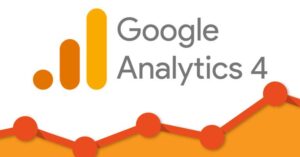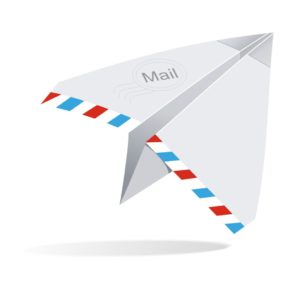Have you wondered what engaged sessions are since Google Analytics 4 (GA4) came on the scene? You aren’t alone. We’ve heard that question often.
As if people didn’t find bounce rate to be confusing enough, in comes this new metric.
So, we thought we would take 10 minutes to chat more about this topic today…

What is an Engaged Session?
To figure out the bounce rate for your senior living website, it’s necessary to first understand what Google considers to be a session and an engaged session.
Here’s the quick scoop…
- Session: According to Google, a session is a group of user interactions with your website or app that take place within a given time frame. The clock starts when a user interacts with your website or app, either by opening your app in the foreground or viewing a page/screen when no other session is currently active (i.e., any previous sessions have timed out).
- Session time: There is no limit on how long a session can be. But, a session will end/time out after 30 minutes of inactivity.
This brings us to what an engaged session is and how it impacts your bounce rate.
- Engaged session: Google says an engaged session is a session that lasts longer than 10 seconds, includes a key event, or has at least 2 page or screen views. As an FYI, key events were formerly known as conversions. These could include scheduling a tour of your senior living community online, signing up for your newsletter, or just visiting a second page on your website.
Finally, what role does an engaged session play in determining your senior living company website bounce rate? Here’s what to know.

Engaged Sessions and Bounce Rate for Senior Living Websites
Bounce rate is a percentage of the unengaged sessions that happen on your site.
An example might be if an adult daughter hops on your website just long enough to see your community’s address on the home page, and jumps back off. That is an unengaged session. She wasn’t on there 10 seconds, she didn’t convert in any way, and she didn’t visit a second page. That session would have a 100% bounce rate.
By contrast, consider a spouse of a senior with dementia who visits your site. They stick around to read a blog article about the stages of their loved one’s specific type of dementia, and a second one that offers tips for dementia caregivers. The spouse also requests a download of your memory care guide. The bounce rate for this session is 0%.
To calculate your bounce rate, Google takes your total sessions (engaged and unengaged) and divides them by the number of unengaged sessions. That number is then multiplied by 100 to get your bounce rate.
Finally, don’t forget that Google says bounce rate on it’s own isn’t a ranking signal.
But… and there’s always a but with Google right? The more time people spend engaging with your website, the more likely that engagement is to send a signal to Google that your resources are valuable to seniors and their families.
Shoot Us Your Questions
Have a question or want to learn how to get our the wait list for our blog content writing services? Drop us a note! We’ll be happy to help.
